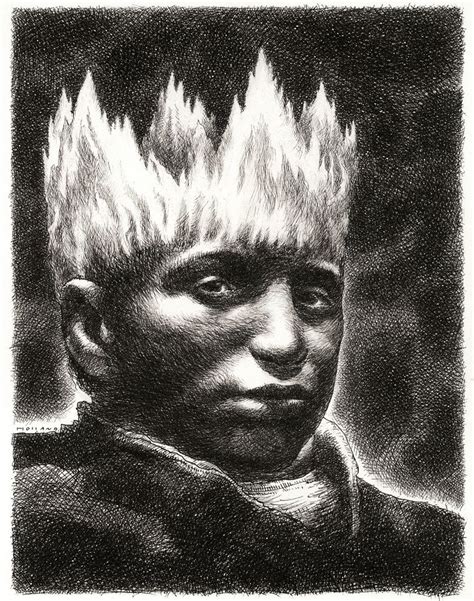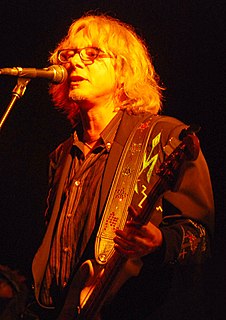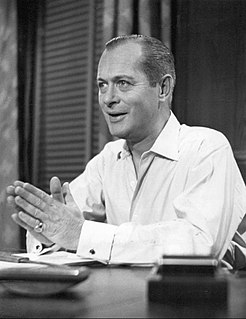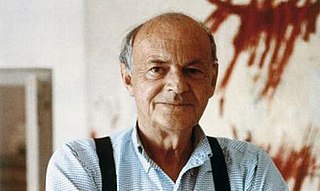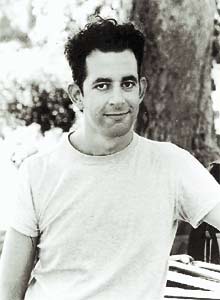A Quote by Brad Holland
Many people decorate their homes with designer graffiti, even though most of them would probably have real graffiti scoured off the walls of their buildings.
Related Quotes
Traditional graffiti writers have a bunch of rules they like to stick to, and good luck to them, but I didn't become a graffiti artist so I could have somebody else tell me what to do. If you're the type who gets sentimental about people scribbling over your stuff, I suggest graffiti is probably not the right hobby for you.
Bus stops are far more interesting and useful places to have art than in museums. Graffiti has more chance of meaning something or changing stuff than anything indoors. Graffiti has been used to start revolutions, stop wars, and generally is the voice of people who aren't listened to. Graffiti is one of those few tools you have if you have almost nothing. And even if you don't come up with a picture to cure world poverty you can make somebody smile while they're having a piss.
In college, all my friends were graffiti writers, but I never wrote graffiti. I wanted to participate and do something cool on the street, so I'd make these portraits of people. I'd isolate them on a white wall, make a silkscreen of it, and do these portraits in bathrooms and all around. That's how I started the Polaroids.
Obviously my own work comes from a conceptual art tradition, but I love the graffiti artists, and I feel spiritually closer to them than to most contemporary art; they make the city a free space of diverse voices and we shouldn't get all cynical about them just because Banksy made some money. I collaborate sometimes with Krae, who is an old school east London graffiti writer.
